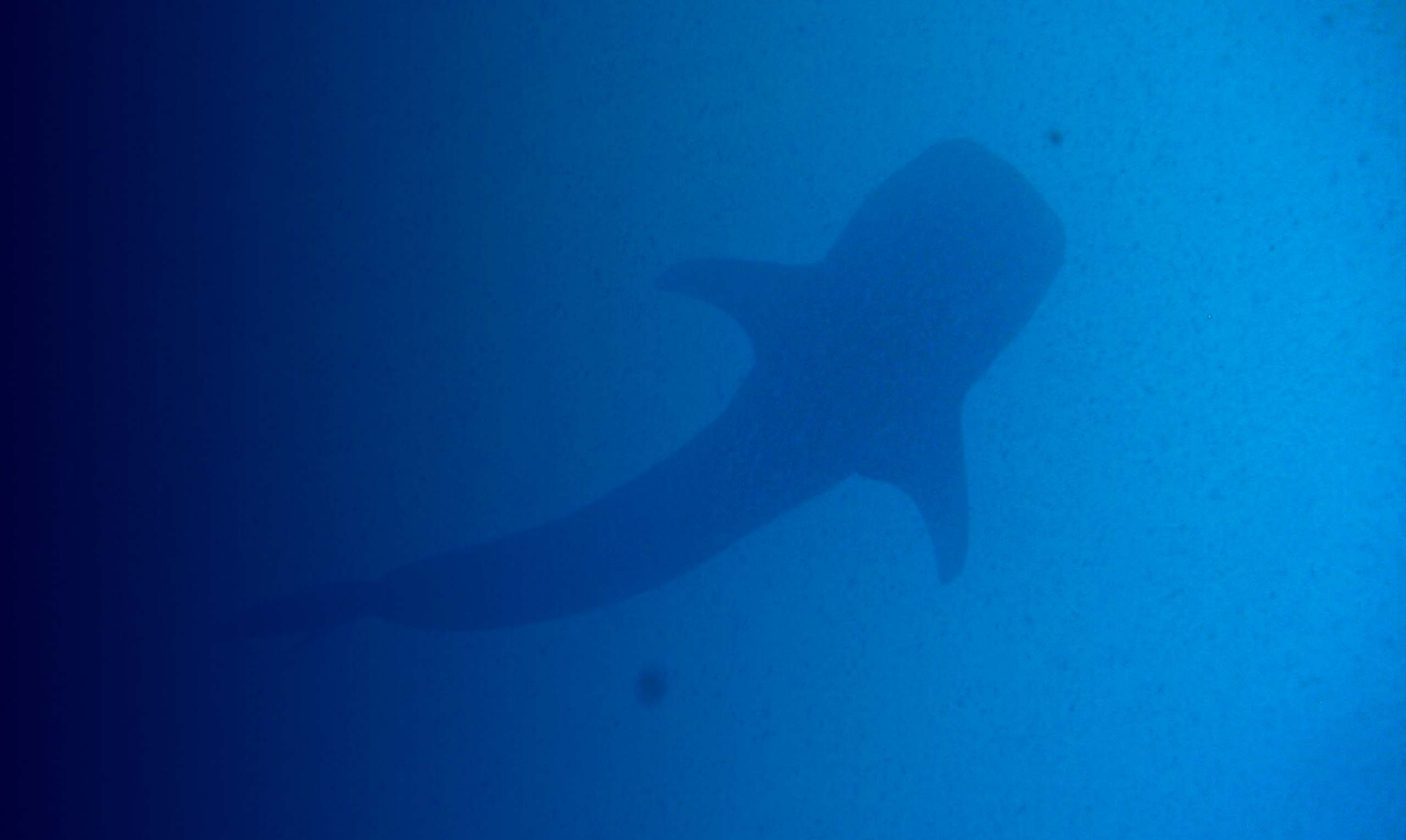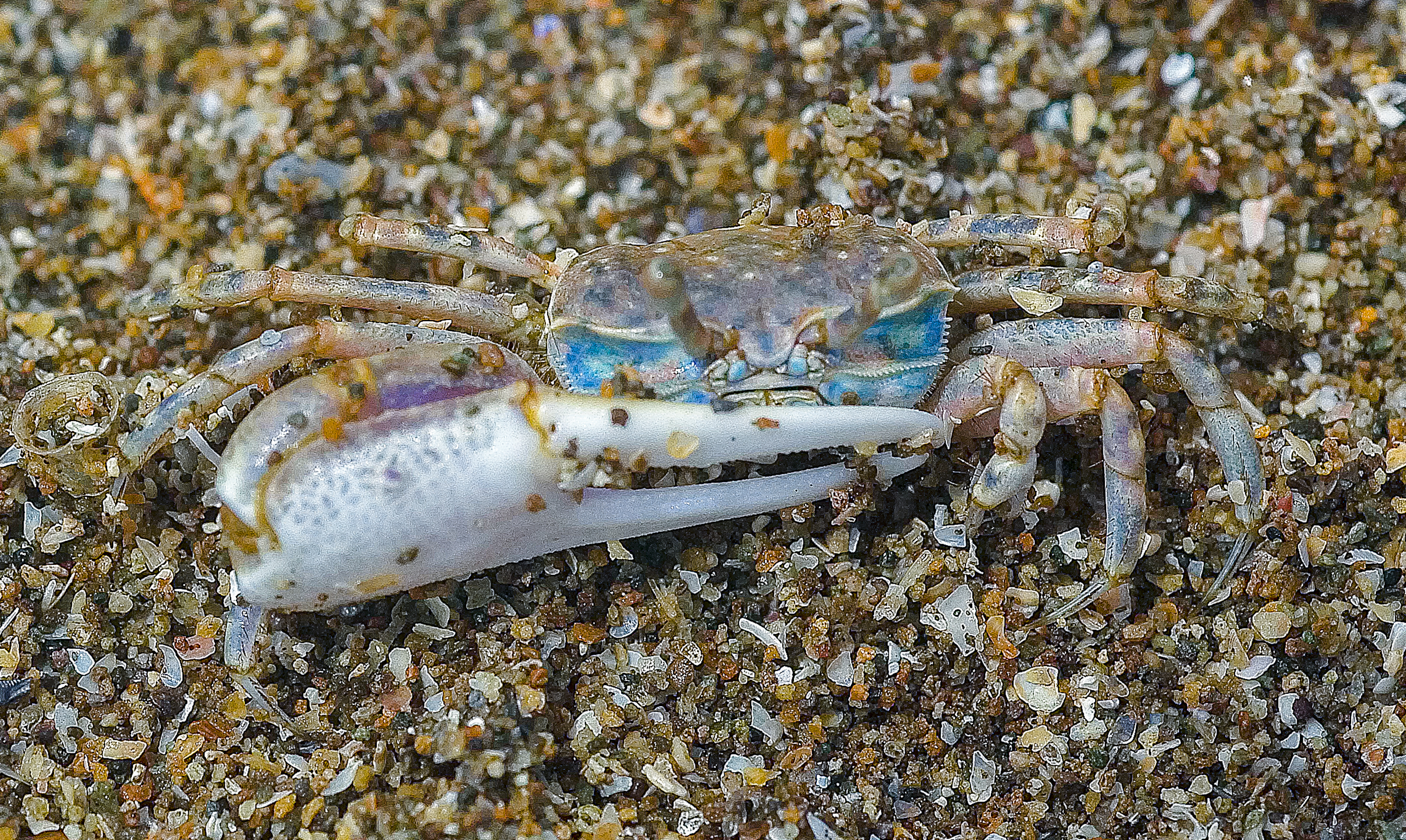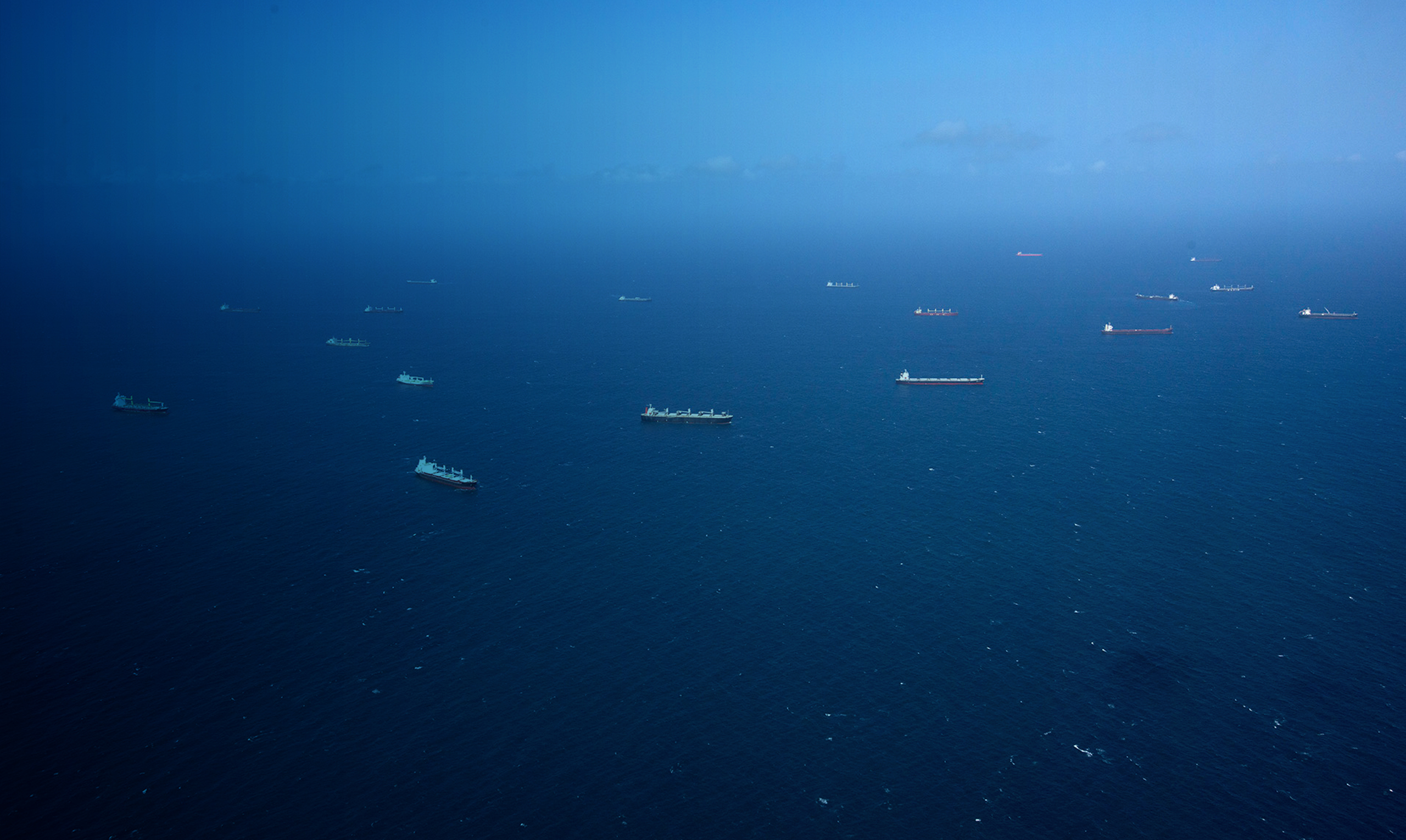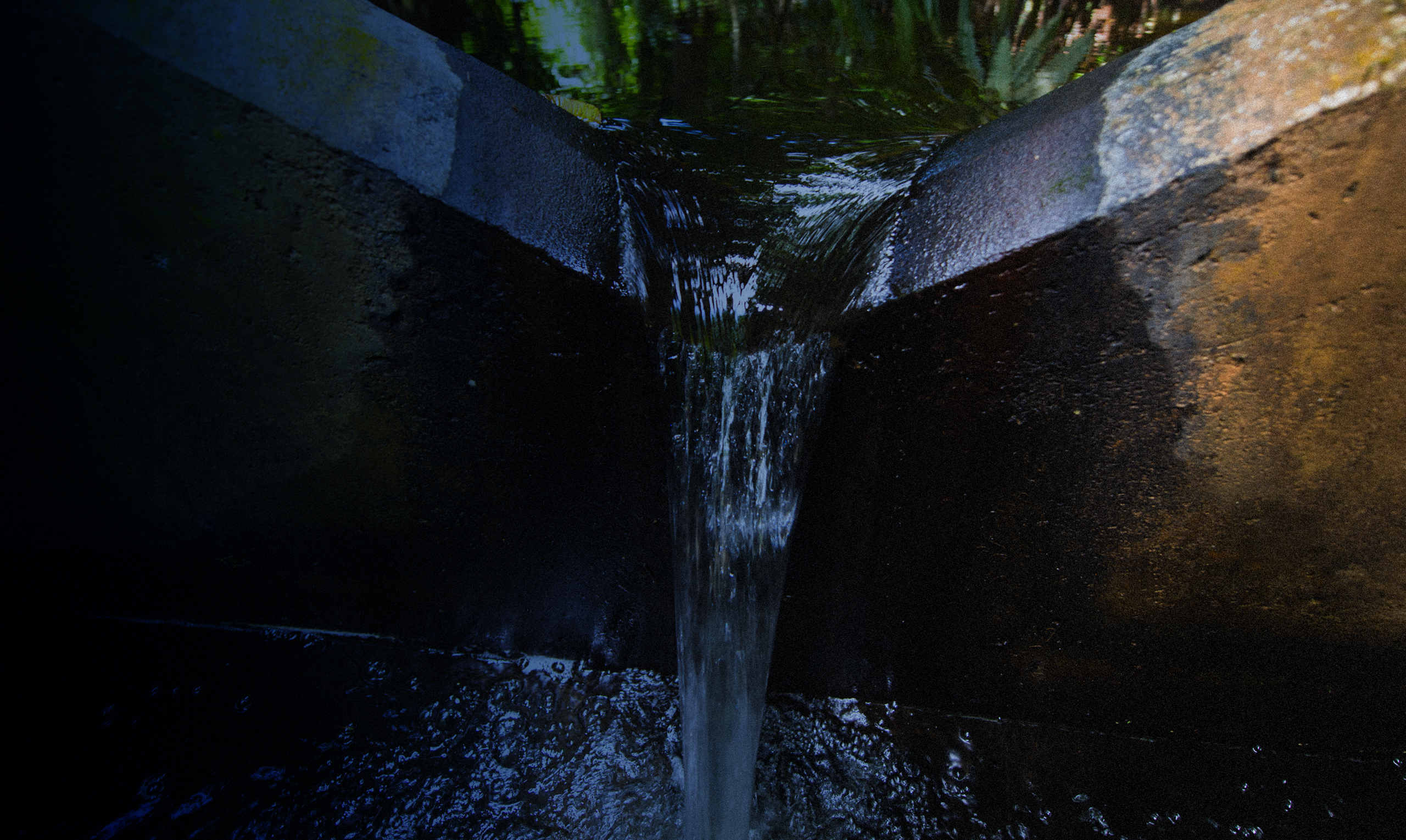Where are the sharks?
Searching Caribbean reefs for sharks’ microscopic calling cards
Estimating shark populations on degraded Caribbean reefs is complicated, especially when there few around. A pioneering member of the O’Dea lab has developed a technique to estimate shark populations — both past and present — using their microscopic skin scales

Story location
Bocas Del Toro, Panama
Conservation Biology Paleoecology Marine Biology Sustaining a Biodiverse Planet Bocas del Toro Bocas Del Toro blue
Aaron O'Dea
blue
Aaron O'DeaWhere
are the
sharks?
Featured in scientist profile
Featured in facility
Good News For The Biggest Fish
Central America protects
whale sharks
A binding regional accord protects the world’s largest fish in the New World tropics.
Story location
Coiba Island, Panama
Conservation Biology Fisheries and Marine Conservation Sustaining a Biodiverse Planet Coibita Island blue
Hector M. Guzman
blue
Hector M. GuzmanGood News
For The
Biggest Fish
Featured in scientist profile
Featured in facility
Fiddling With Climate Change
How could climate change
affect fiddler crab reproduction?
A new study raises questions about how a common beach creature will sustain its populations if temperature swings become greater in the future.
Story location
Punta Culebra, Panama
Global Change Conservation Biology Marine Ecology Connections in nature: Plants, Animals, Microbes and Environments Sustaining a Biodiverse Planet Punta Culebra blue
John Christy
blue
John Christy Featured in scientist profile
Featured in facility
A marine invader
Species invasion through
Panama Canal? Pacific jingle
shell found in Caribbean
Scientists first discovered the shiny sea critter in 2009. Genetic testing suggested it crossed the canal on more than one occasion.

Story location
Colón, Panama
Invasion Biology Biodiversity Sustaining a Biodiverse Planet Naos blue
Mark Torchin Kristin Saltonstall
blue
Mark Torchin Kristin SaltonstallA
marine
invader
Featured in scientist profile
Featured in facility
More trees, more water
Scientists question hydrological model for Panama Canal Watershed
A new model suggests reforestation could be detrimental to water resources in the Panama Canal. Smithsonian scientists warn of flawed methodology and emphasize case for long-term monitoring.

Story location
Agua Salud, Panama
Hydrology Ecosystem Services Connections in nature: Plants, Animals, Microbes and Environments Sustaining a Biodiverse Planet Agua Salud blue
Robert Stallard Jefferson Hall
blue
Robert Stallard Jefferson HallMore trees,
more water
Featured in scientist profile
Featured in facility
Sea Urchin Evolution
Distant relatives become new species
A five-million-year-old urchin ancestor gave rise to two common lineages of sea urchins found today on either side of the Isthmus of Panama, according to new research by a Smithsonian scientist.
Story location
Naos Island, Panama
Biodiversity Origins of Species and Societies Naos blue
Harilaos Lessios
blue
Harilaos Lessios 


